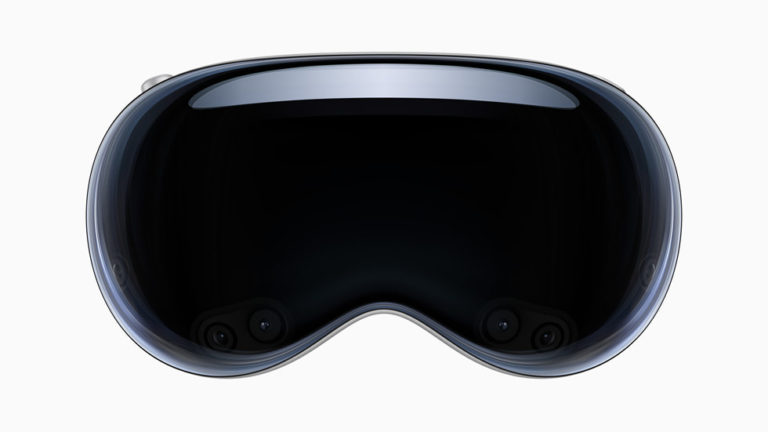Designing for the Future: UX in the Age of AI, AR/VR, and Voice Interfaces

The boundaries of user experience are expanding rapidly. As we move beyond screens into an era dominated by artificial intelligence, augmented reality, and voice-based interaction, UX designers face a profound challenge: how do you design for a world that doesn’t follow traditional UI rules?
Take AI-powered applications, for instance. These systems don’t just respond to users—they anticipate needs, suggest content, and automate tasks.
But with this power comes a new set of responsibilities. Designers must now consider transparency, explainability, and trust. How do you make algorithmic decisions understandable? How do you design interfaces that adapt without confusing the user? These are the questions shaping the next generation of UX for AI.
In AR and VR, the challenge is spatial. Designers are no longer working on flat canvases, but in 3D environments where depth, orientation, and movement matter. Interactions must be intuitive—responding to gestures, eye movement, or physical location—while also avoiding sensory overload.
The immersive nature of AR/VR means designers have to think like architects and choreographers as much as they think like interface designers.
And then there’s the voice revolution. From smart assistants to in-car navigation, voice interfaces are becoming ubiquitous.
But designing for voice isn’t just about scripting commands—it’s about creating natural, fluid, and helpful conversations. It requires deep understanding of linguistics, context, and even emotion.
Add to that the challenge of designing for various accents, languages, and accessibility needs, and voice design quickly becomes one of the most complex areas in modern UX.
The takeaway is clear: emerging technologies demand a new breed of UX designer—one who is comfortable with uncertainty, who can prototype in 3D, script for voice, and reason with AI. As these technologies become more mainstream, the UX field must evolve alongside them, embracing new tools, new methodologies, and new ways of thinking about interaction.
About the writer:
Grace Ademola-Adenle is a Senior UI/UX Designer and Product Design Leader with over 6 years of experience creating inclusive, scalable digital experiences for startups, social enterprises, and growth-stage companies across Africa.
With a strong track record leading design at top fintech and logistics companies like Okra and Kobo360, Grace has consistently delivered human-centered products that solve real-world problems and drive measurable business outcomes.
Her work has powered over $3 billion in transactions, supported more than $70 million in startup funding, and helped place thousands of learners into tech roles globally.







